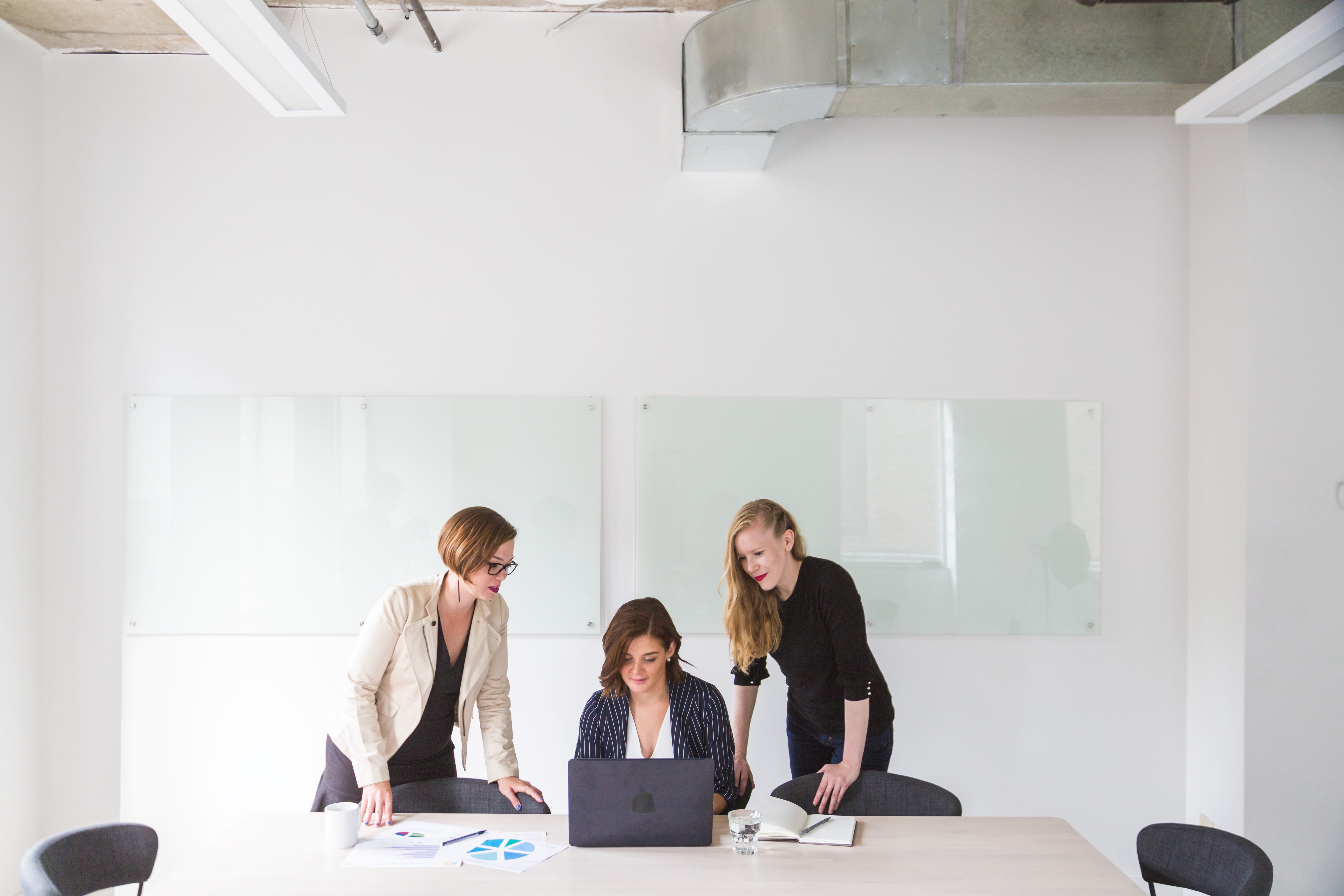The following press release originally appeared on the BMJ Newsroom and was published on March 23rd 2019. Spending large amounts of time sitting or lounging around during the day is linked to around 70,000 deaths per year in the UK and the NHS spends in excess of £0.7bn per year treating the health consequences, suggests research from Queen’s University Belfast and Ulster University published online in the Journal of Epidemiology & Community Health. A large proportion of the UK population have sedentary jobs and leisure activities, and official physical activity recommendations regarding sedentary behaviour are vague. Previous studies have shown that spending large parts of the day sitting down increases the risk of cardiovascular disease, type 2 diabetes, cancer and death and is a burden on health services. But no estimate of the financial impact that sedentary behaviour has on the NHS has been calculated, so the authors set out to do just that. Figures calculated by other researchers on the impact sedentary behaviour has on the relative risks of five specific health conditions (type 2 diabetes, cardiovascular disease, colon cancer, endometrial cancer and lung cancer) and deaths from all causes were combined with figures on the percentage of adults…
Can sitting less decrease your risk of heart disease?
The following article, written by Gautam Ramesh, Andrea LaCroix, and John Bellettiere, was originally published on February 25, 2019 in The Conversation. You can read the original article here. Too much sitting has long been criticized for contributing to premature mortality, Type 2 diabetes, and a host of other illnesses. In a new study of 5,638 women, we looked at how sedentary behavior was related to future cardiovascular disease (CVD). The results showed that those who were most sedentary had the highest risk for having a future CVD event. We also found that women who most often interrupted their sedentary time to stand up and move had significantly lower risk for CVD than women who sat for long stretches of time without standing up. The results persisted even after accounting for other common factors linked with CVD such as age, overall health, blood pressure and cholesterol. CVD includes heart attacks, strokes, heart failure and other diseases concerning the heart and blood vessels. It is the leading cause of death in the U.S., accounting for 1 in 4 deaths annually. Our findings, along with the research discussed below, provides strong evidence that sitting too much is an important factor to consider for heart…
You should stand in meetings – don’t worry about what others might think
The following article, written by Benjamin Gardner, Lee Smith, and Louise Mansfield, was originally published in The Conversation on July 2, 2018. Standing in meetings may be good for our health, but it can also make those that are standing feel self-conscious, anxious about how others perceive them, and disengaged from the meeting. These findings, taken from our recent study, suggest that efforts to encourage office workers to sit less and move more must acknowledge the realities of the workplace that conspire to keep people chained to their seats. Sitting has been linked to adverse health outcomes, including increased risk of obesity, heart disease, some cancers, and poorer mental health. While some evidence suggests that the harms of sitting can be offset by at least one daily hour of moderate physical activity, this seems an unrealistic target. Most of the UK population fails to meet physical activity recommendations and spends prolonged periods sitting. Office workers, who make up half of the UK workforce, are particularly inactive. Our 2015 study of 164 London workers found that, on workdays, they sat for 10.5 hours of the 16 hours they spent awake. Breaking up sitting frequently with periods of standing and associated light activity can have important health…
Benefits to heart health of reducing workplace sitting
We know that significant reductions in workplace sitting are achievable. But how does reducing sitting impact on workers’ health? We examined this using data from our Stand Up Victoria intervention – a 12 month intervention in office workers that used organizational-, environmental- (including sit-stand workstations) and individual-level approaches to reduce prolonged workplace sitting time in desk-based workers. What did we do? We recruited 14 work teams and over 200 workers (136 intervention; 95 control) from the one organisation to take part in this cluster randomised controlled trial. We measured 14 biomarkers of body composition, blood pressure, glucose metabolism, lipid metabolism and a composite overall cardio-metabolic risk score in both the intervention and control participants at three time points: before the intervention, after three months of the intervention (end of the intensive intervention phase), and after 12 months. What did we find? We found a significant, beneficial intervention effect for fasting glucose and the clustered metabolic risk score at the 12 month assessment. This beneficial effect for fasting glucose was mainly due to the control group getting worse over the 12 months. There were no significant intervention effects observed at 3 months. Notably, sitting was primarily replaced with standing. What does this…
Tips from the longest-living populations in the world
‘The Blue Zones’ are populations that experience longer, healthier and fuller lives. You might have heard of some of these before, as scientists love to study their behaviours to try to understand what contributes to their longevity. The Blue Zones include Okinawa in Japan, Sardinia in Italy, Ikaria in Greece, The Nicoya Peninsula in Costa Rica and Loma Linda in California, where people are three times more likely to live to 100 than Australians. People living in Blue Zones enjoy much longer lives and lower rates of chronic diseases such as heart disease, diabetes and dementia compared to that seen in the Western world – Tim Crowe, Associate Professor in Nutrition at Deakin University And what is common amongst the people of The Blue Zones? They lead naturally non-sedentary lives, often moving every 30 minutes or so. While Australians understand the need for exercise, what we aim to do with the BeUpstanding Toolkit is to help people in sedentary jobs move more throughout the day. It’s these small changes to behaviour that can have a big impact on health and wellbeing!
What is sedentary behaviour and how common is it?
Sedentary behaviour refers to any waking activity characterised by low energy expenditure and a sitting or reclining posture. Common sedentary behaviours include sitting while watching television, driving a car or working at your computer. In Australian office workplaces, sitting behaviour is so common that over three-quarters of the work day is spent sitting, with much of this sitting time accrued in long, unbroken bouts of 30 minutes or more.Further, workplace sitting is the largest contributor to an office worker’s overall daily sitting time. We at BeUpstanding™ can see the potential in reducing sitting in Australian workplaces to improve health outcomes, as well as overall wellbeing, for a healthier, happier workforce.
Why the best posture is the next posture!
Of course some sitting is ok – we all need to have a rest – but sitting for long periods of time without getting up may be particularly bad for our health. Regularly changing your posture between sitting, standing and moving is the key: achieving this is the primary aim of BeUpstanding™. Aim to change your posture every 30 minutes.
What happens when we sit for too long?
When you sit you are spending very little energy and your large postural muscles aren’t working very hard. This means your metabolism starts to slow down which can lead to poor health outcomes in both the short and long term. Too much sitting has been linked to an increased number of musculoskeletal conditions, as well as increased risk of overweight or obesity, type 2 diabetes, cardiovascular disease, some cancers and premature death. Time to stand up?
Consider your activity across the whole day
It is well recognised that doing regular exercise has several benefits for your physical and mental health. We should all be aiming to meet physical activity guidelines of at least 30 minutes of moderate-intensity activity each day. However, for most adults, exercise constitutes only a small proportion of the day – it is also important to think about the rest of the day. If you spend most of the rest of the time sitting, you may be increasing your risk for poor health. Time to stand up?









